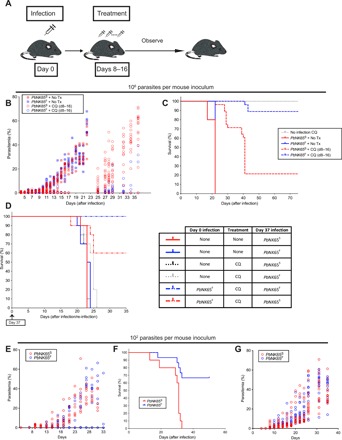Fig. 6. The SNP affects the disease progression and formation of immunologic memory in infected mice.

(A to D) C57BL/6 mice were infected with 106 iRBCs (intraperitoneally) coming from either PbNK65F- or PbNK65S-infected donors. A group of mice were treated with chloroquine (10 mg/kg) daily between days 8 and 16 after infection, after which the treatment was ceased and disease progression was observed. The experimental design is illustrated in (A). Progression of parasitemia (B) and Kaplan-Meier survival curve (C) for the initial infection are shown. (D) In a parallel experiment, some of the surviving mice (after being confirmed as parasite free by blood smear) were re-infected on day 37 and observed until day 80. Kaplan-Meier survival chart (left) of the groups of mice that were infected 106 iRBCs (intraperitoneally) as outlined in the table (right) is shown. (E to G) C57BL/6 (E and F) or RAG-2 KO (G) mice were infected with 102 iRBCs (intraperitoneally) taken from either PbNK65S- or PbNK65F-infected donors. The parasitemia (E) and survival (F) curves of infected C57BL/6 mice and parasitemia curves of infected RAG-2 KO mice are shown. Data represent two independent experiments each carried out with 10 to 15 mice per group. Circles refer to individual mice.
